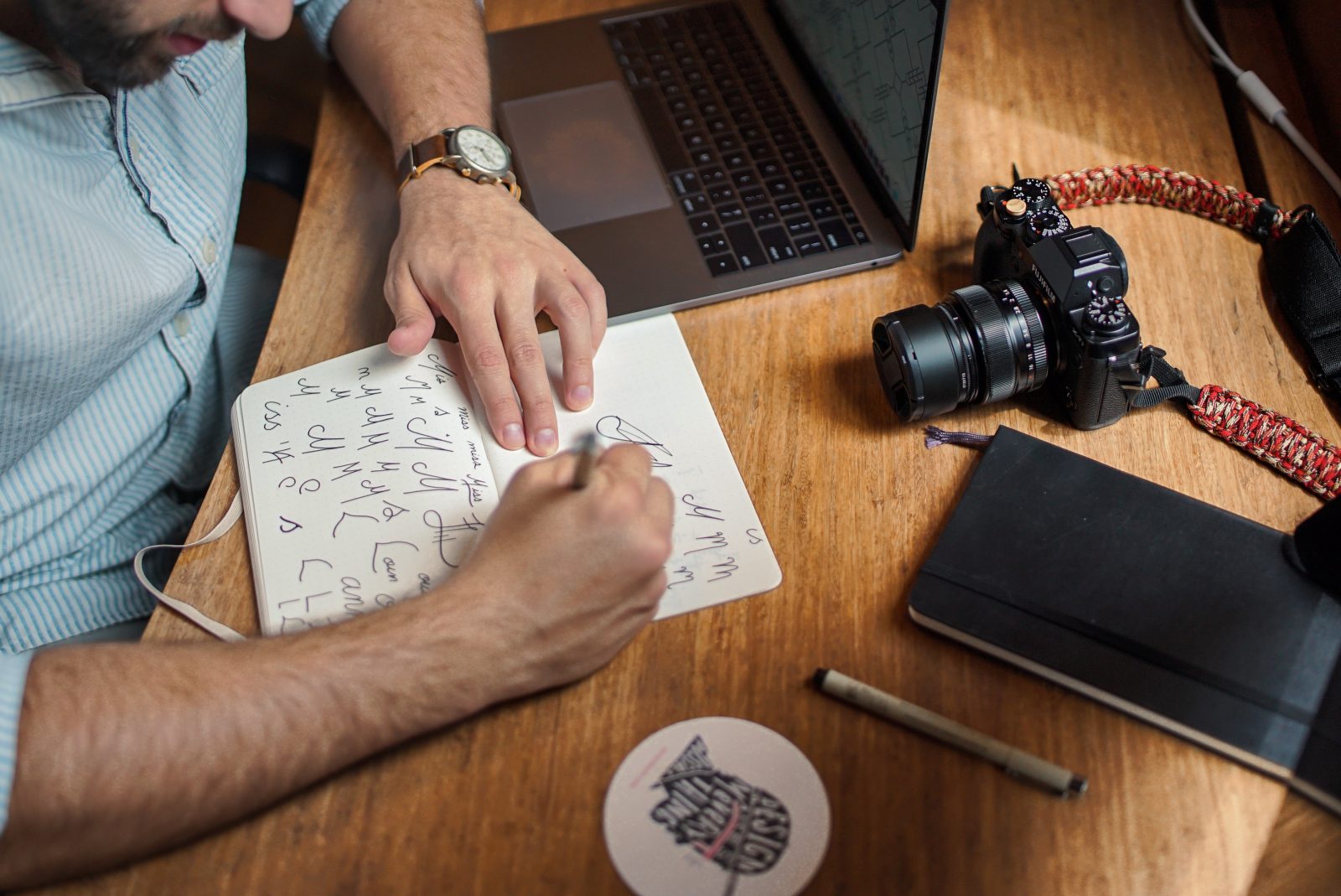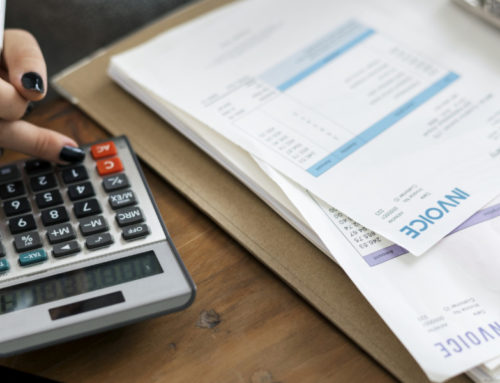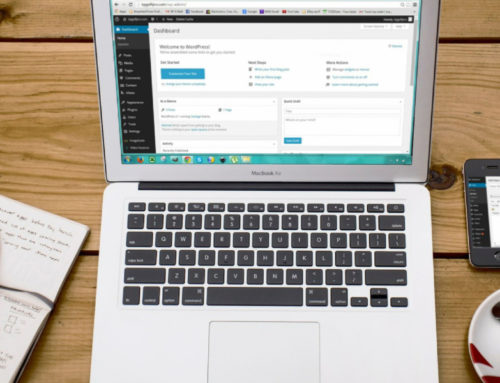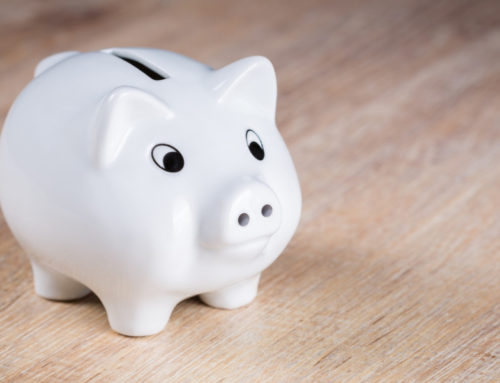If you’re in the birthing stages of your business, or haven’t had the time to create a branding package yet, having one will definitely help keep you moving forward in the right direction as you make creative decisions. Whether it’s something as simple as creating a social media post, or as complex as creating a website, having your “look and feel” figured out will help keep everything tidy along the way.
You can approach this one of two ways:
First, you can do the whole thing yourself. If you’re creative minded or interested in exploring this, go for it! Playing with colors and fonts can be a fun way to become reinvigorated with your business when you hit a slump.
Or, you can hire it out. There are a lot of options out there for freelance designers, and specifically a huge market of ones who are more than willing to provide you cheap logos. Buyer beware though. You often get what you paid for, and if you’re not explicit in what you want or need, you often don’t get either. If you do choose to hire your entire branding package out, be prepared to pay a premium price.
If hiring the whole thing out isn’t in your budget right now, no worries! You can still get a logo made cheaply as long as you do some of the legwork first. More on that below. Let’s dive into what’s normally included in a branding package.
- The Concept: This is, simply put, the ethos of your brand. You’ll need to identify the following items. If you’re hiring out to a designer, it might help for you to have an idea of the answers to these items in mind first so they have a starting-off point.
- Identify the gap: What gap in the market are you trying to fill? State who you’re trying to reach, why this gap needs attention, and what can be done to meet their needs.
- The solution: Why are you uniquely positioned to meet the needs of this under-represented gap?
- Messaging: These are the “big ideas” associated with your brand. Start with overarching concepts that don’t necessarily need to be included in your marketing. From that, create a few statements that you can use in your marketing materials.
- Voice and tone: How do you want people to feel about your brand? Your business? What kind of tone should the items you write take? Are you serious? Aspirational? Ethereal?
- Word associations: Identify a group of words that represent who you are and what you do.
- Target Market: Who specifically are you trying to reach? This can be multiple groups, but it’s best to narrow it down so you know how to speak to them. “Women” is a lot different than “empowered women between the ages of 24-40” and “Women between the ages of 24-40 who seek empowerment”.
- Elements: This is your primary wordmark, symbol, color palette, typography, and design elements.
- Wordmark: This is usually the font, spacing, and elements included in your name. It’s often synonymous with logo. Take a look at some examples here for reference.
- Symbol: A symbol is a graphical element that often accompanies a wordmark, but can also stand alone.
- Color Palette: This one is pretty self explanatory, but it consists of your primary, secondary, and accent colors.
- Typography: Or simply put, fonts, to text styles. Take a look at google fonts and explore some free options there.
- Design elements: This can be image treatments (gradients over an image, color saturations, etc.) or graphical elements (shapes, icons, and placements of those items that will be repeated in your branding).
- Collateral: If you’re hiring out a branding package, your designer should include examples of how your messaging and all of your elements are used. This can be website banners, social networking posts, printed materials, etc. It’s a way to visualize how all of your branding components come together. If you’re doing this step yourself, it’s good to play around with how everything looks so you can go back and tweak where you need to.
So what do you do if you’re hiring out just the logo part? The answer is simply to provide them as much background as you possibly can, and make sure they understand your concept completely.
Many times freelancers work like a computer program. They provide their interpretation based on the parameters you provide. The less you provide, the more you’re relying on their interpretation. Remember that designers aren’t mind readers, so you can’t assume they’ll give you what you want on the first crack, especially if you didn’t explicitly tell them what you’re looking for. So it’s best to provide as much info as possible before getting started.
Create a document with the answers to the items under “The Concept” above. This way they understand who you are and what you’re all about. It might also help to provide them a color palette and font options as well. If you’re relying on them to do this part, share a mood board with them so they know what kind of feel you like. Being clear with your needs and expectations every step of the way will help the process move smoothly.
Take a look at the post Make it Different But Keep it the Same for more tips on how to effectively work with a freelance designer.






Leave A Comment